The Ryersonian compiled a list of Canadian historical figures who could merit a statue on campus
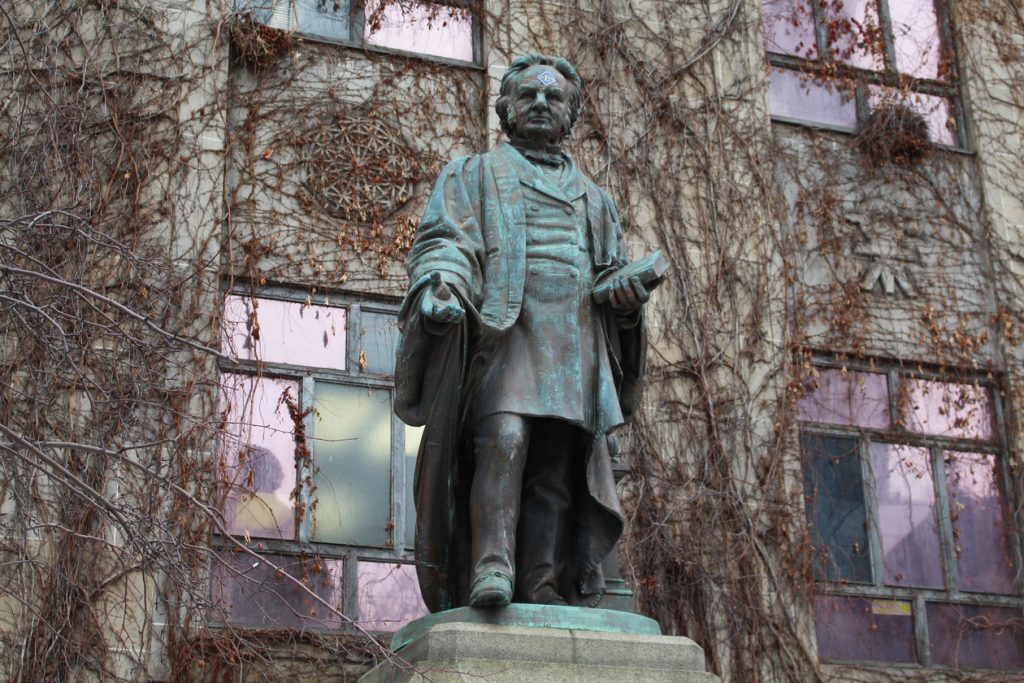
This story is part of Monumental Challenges, a series looking at Ryerson, reconciliation, and the issues surrounding replacing names and monuments.
Renewed protests and calls for the university to address the problematic history of Egerton Ryerson may culminate in the statue of Ryerson University’s namesake being torn down.
In the event the statue is removed, the Ryersonian has compiled a list of five replacements whose life’s work could merit a statue to take the place of Egerton Ryerson.
All of the individuals on this list are Indigenous except for one, although he was a fierce opponent of the residential school system Ryerson helped create. Most were not educators like Ryerson, but they had a connection of some kind to the province and a lasting impact on our country.
1. Tom Longboat
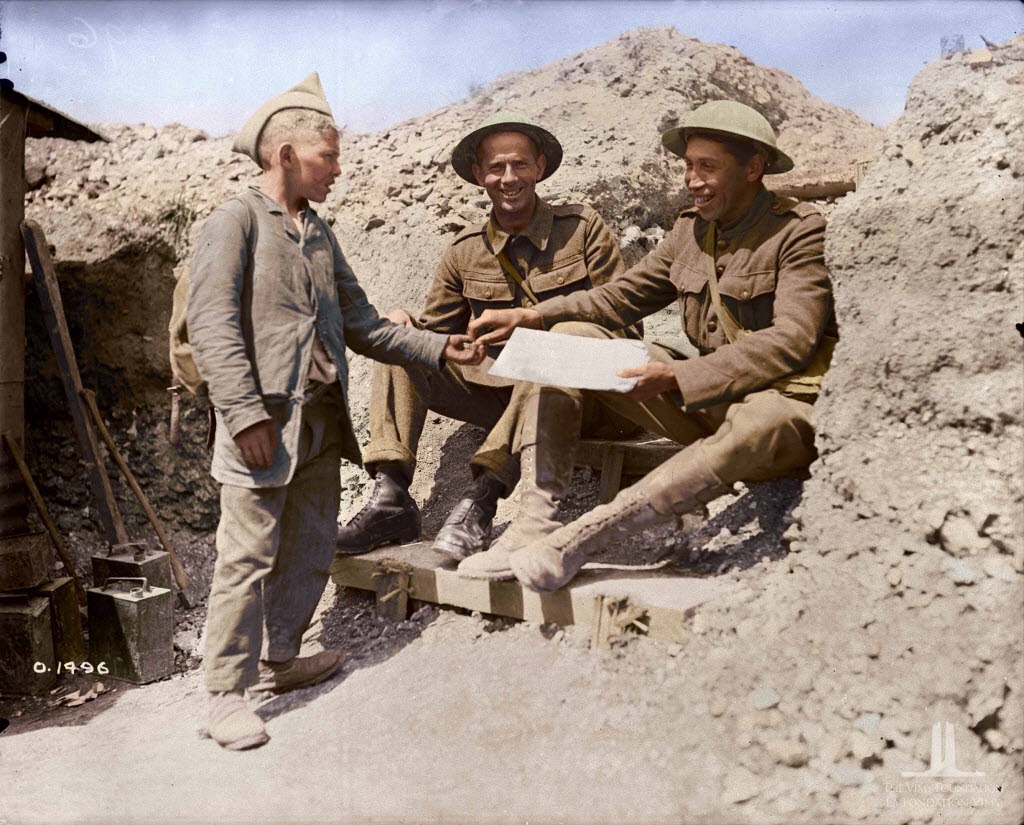
Although Tom Longboat was the subject of a statue constructed for the 2015 Pan American Games, another couldn’t hurt. Onondaga from the Six Nations of the Grand River near Brantford, Ont., Tom Charles Longboat was a veteran of the First World War and world champion long-distance runner. Longboat won the Boston Marathon in 1907 with a record-breaking time.
The famous runner enlisted to join the army in 1916. He was wounded twice during his service, but he survived and returned to Canada in 1919. Longboat was inducted as a member of the Canadian Sports Hall of Fame.
Longboat was enrolled at the Mohawk Institute Residential School at age 12, as legally required by the Indian Act. Even after he left the school, Longboat had to battle against prejudice and racism to cement his place as one of the greatest distance runners of all time.
2. Daphne Odjig
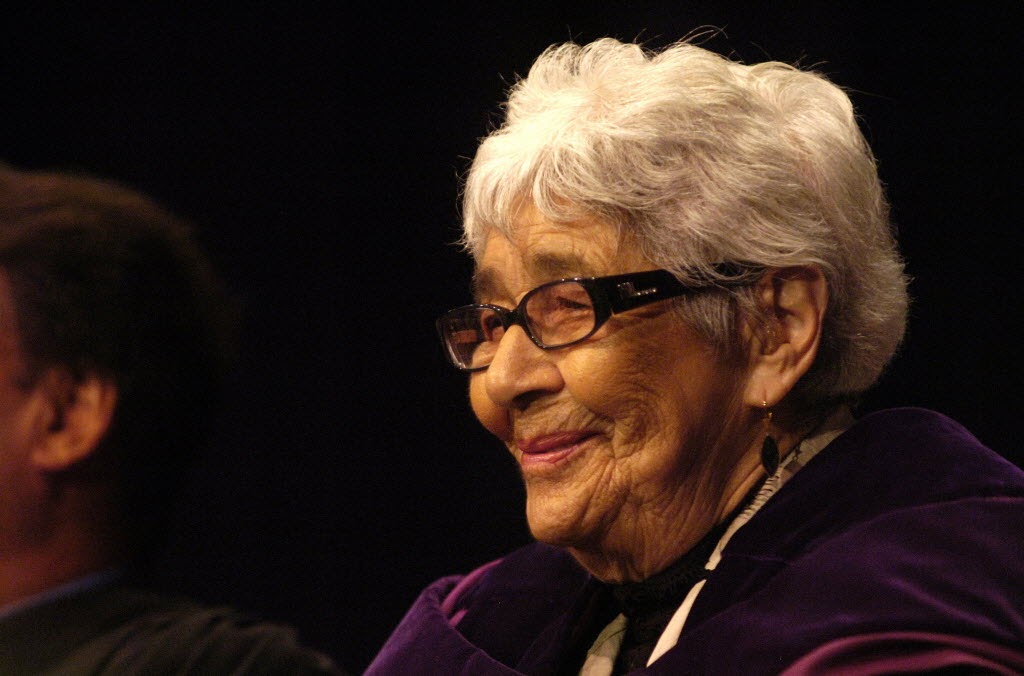
Daphne Odjig was a founding member of the Professional Native Indian Artists Incorporation (PNIAI), or Indian Group of Seven. They used their platform to push for greater support and promotion for Indigenous art.
Odjig was born in Wiikwemkoong First Nation on Manitoulin Island, on Sept. 11, 1919. She lived in Parry Sound, Ont., for a time before moving to Toronto at the outset of the Second World War. After the war, Odjig moved to British Columbia and then Manitoba. She quickly grew in prominence as an artist before she created the PNIAI as a means of bringing her work, and that of other Indigenous artists, to the rest of the country.
Odjig died in 2016 at the age of 97, one of the most influential Indigenous artists in recent history.
3. Peter Bryce
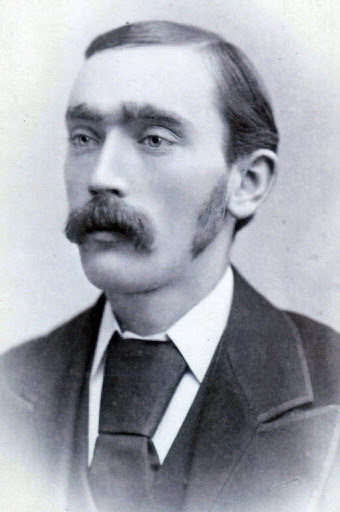
The only non-Indigenous person on this list, Peter Bryce, born 1853, was a staunch opponent of residential schools. After obtaining his medical degree from the University of Toronto, Bryce served on the Ontario Board of Health before he was appointed as Chief Medical Officer of the federal Department of Immigration.
After he was hired by the government to assess health conditions of the Canadian residential school system in Western Canada, Bryce found a horrifying rate of disease and mortality among the children at the schools. Bryce tried to report on the negligent conditions of the schools, but his report was suppressed and he was forced into an early retirement. The doctor published his findings anyway, making appeal after appeal for changes to address the systemic health problems within the residential school system.
4. Marcelline Picard-Kanapé

The only entry on the list not originally from Ontario, Marcelline Picard-Kanapé nonetheless merits a statue on the campus because of her vast contributions within the field of education.
Picard-Kanapé was born in the Innu community of Betsiamites in 1941. As the first Innu to obtain a teaching certification in Québec, she served as an educator and school administrator in Innu communities across the province for over 40 years. She promoted Indigenous language in education, which led to the standardization of the Innu-Montagnais language. For championing Indigenous education, Picard-Kanapé earned an Order of Canada and an Order of Québec.
5. Francis “Peggy” Pegahmagabow
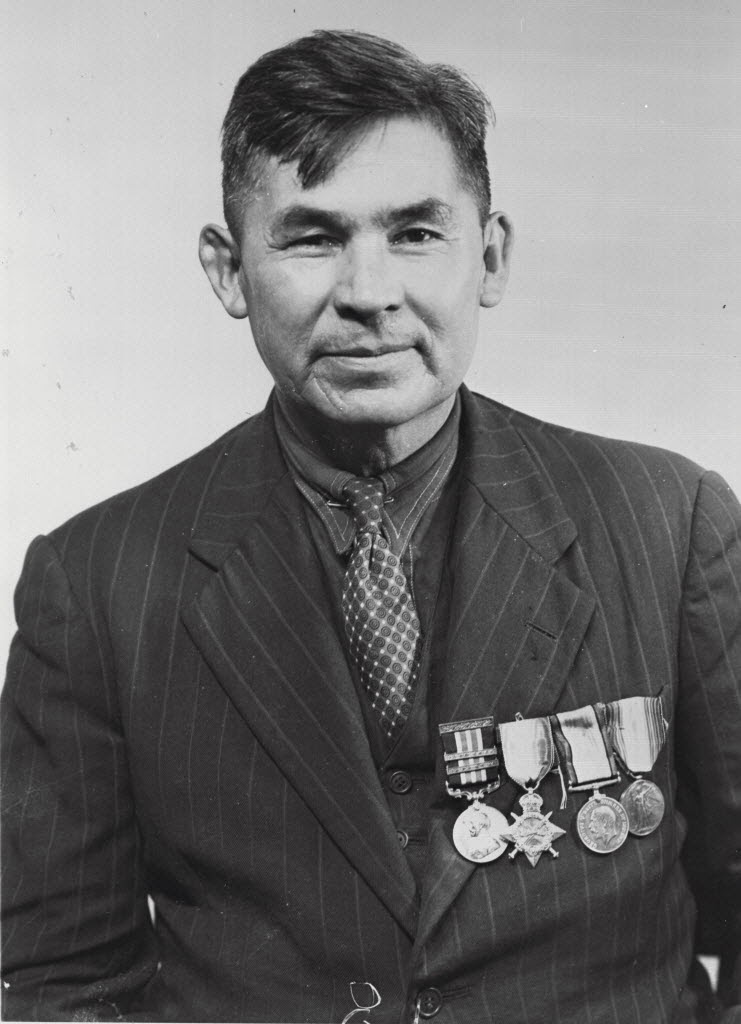
Francis (Peggy) Pegahmagabow is possibly Canada’s most illustrious war hero. Pegahmagabow was born on March 9, 1891 on what is now the Shawanaga First Nation in Nobel, Ont. At the outbreak of the First World War in 1914, Pegahmagabow enlisted in the Canadian Expeditionary Force.
By the end of the war, Pegahmagabow had killed 378 Germans and gained a mythic status as one of the greatest snipers of all time.
Not done yet, upon his return to Canada, Pegahmagabow entered into a turbulent life of politics where he pushed constantly against the oppression of the Canadian government in an effort to establish recognition for the plight of the Indigenous peoples in the country.
Pegahmagabow already has one statue in Parry Sound, Ont., but considering his renown and legacy, what’s one more?
